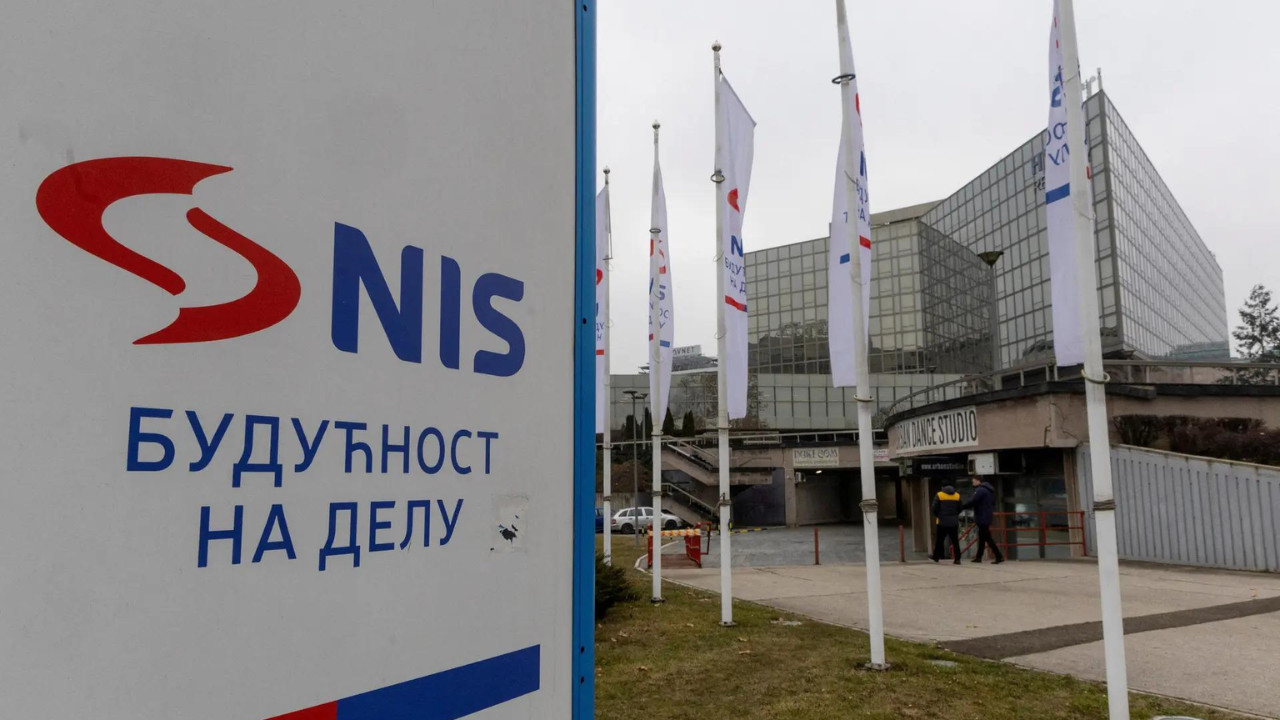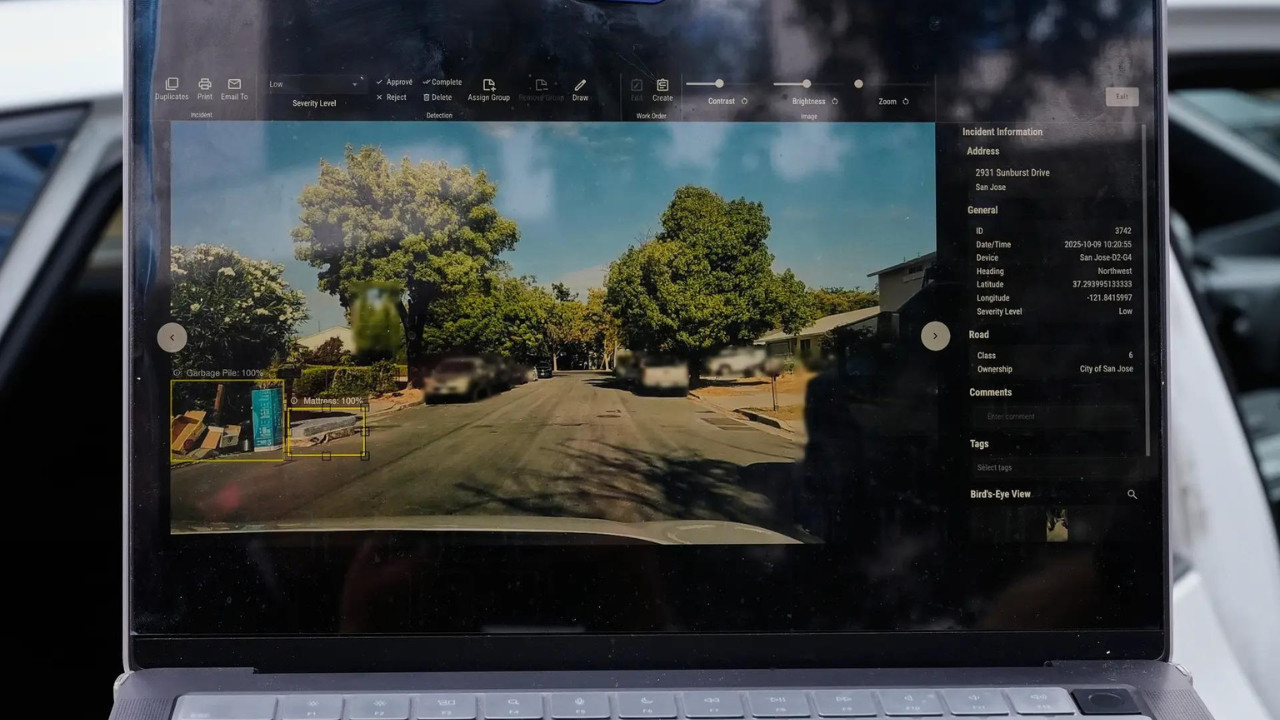A Reserve Bank of India article forecasts a 21.5% surge in private sector capital investment, reaching Rs 2.67 lakh crore in 2025-26. This growth is attributed to strong macroeconomic fundamentals and an anticipated policy rate cut. Infrastructure, particularly the power industry, will be the primary investment recipient, largely driven by greenfield projects.
Private Capex: Is India Poised for an Investment Boom?
The whispers are growing louder: is India on the cusp of a significant surge in private investment? A recent working paper by the Reserve Bank of India (RBI) certainly suggests so, painting a picture of a vibrant and expanding economic landscape. The headline? A projected 21.5% jump in private capital expenditure (capex) to a staggering ₹2.67 lakh crore in fiscal year 2026. That’s a substantial leap, and if realized, could have profound implications for India’s growth trajectory.
But what’s driving this optimism? And where is all this money expected to flow?
Infrastructure & Power: The Engines of Growth
The RBI paper points to two sectors as the primary catalysts for this investment surge: infrastructure and power. This isn’t entirely surprising. India’s burgeoning population and rapid urbanization necessitate continuous improvements and expansions in infrastructure, from roads and railways to ports and airports. The power sector, too, is facing increasing demand, fueled by industrial growth and a growing middle class. Furthermore, the country’s ambitious renewable energy goals are creating significant investment opportunities in solar, wind, and other clean energy technologies.
Think about it: new highways connecting bustling cities, modernized railway networks facilitating smoother trade, and sprawling solar farms dotting the landscape. These projects aren’t just about bricks and mortar; they’re about unlocking economic potential, creating jobs, and improving the quality of life for millions of Indians.
The push for infrastructure development goes hand-in-hand with the Make in India initiative, encouraging local manufacturing and reducing dependence on imports. This synergy is expected to further stimulate private capex, as businesses invest in expanding their production capacities to meet growing domestic and international demand.

Beyond the Big Two: A Ripple Effect
While infrastructure and power are expected to lead the charge, the RBI paper suggests that the positive effects of increased private capex will ripple outwards, impacting other sectors as well. Consider the knock-on effects on the manufacturing sector, which will likely see increased demand for raw materials, machinery, and equipment. Similarly, the construction sector will benefit from the influx of investment into infrastructure projects.
This interconnectedness highlights the importance of a holistic approach to economic development. By focusing on key sectors like infrastructure and power, the government can create a virtuous cycle of investment and growth that benefits the entire economy. The growth in these major sectors will also necessitate further investment in supporting industries and services, creating even more opportunities for private players.
Navigating the Challenges Ahead
Of course, realizing this ambitious capex target won’t be without its challenges. One key factor will be the availability of financing. While India’s financial sector has become more robust in recent years, ensuring access to credit for businesses, particularly smaller enterprises, will be crucial. Interest rates, global economic conditions, and investor sentiment can all play a part in determining the ease with which companies can access the funds they need to invest.
Another potential hurdle is regulatory uncertainty. Streamlining approval processes and ensuring a stable and predictable policy environment will be essential to encourage private investment. Businesses need to feel confident that their investments will be protected and that they won’t be hampered by unnecessary red tape.
Furthermore, the efficient execution of projects is paramount. Delays in project implementation can lead to cost overruns and erode investor confidence. Improving project management capabilities and ensuring effective coordination between different government agencies will be crucial to keeping projects on track. For more on factors affecting Indian GDP, see this analysis.
A Promising Outlook
Despite these challenges, the outlook for private capex in India appears promising. The government’s commitment to infrastructure development, coupled with the country’s strong economic fundamentals, creates a conducive environment for investment. If India can successfully navigate the challenges ahead, the projected surge in private capex could mark a significant turning point in its economic journey, propelling it towards sustained and inclusive growth. The RBI’s projection is an optimistic signal, suggesting that the Indian economy is well-positioned to attract and absorb substantial private investment in the coming years. This has the potential to transform the country’s economic landscape, creating new opportunities and improving the lives of millions. This growth in capex has the potential to trigger a much larger impact on job creation and overall economic growth.







